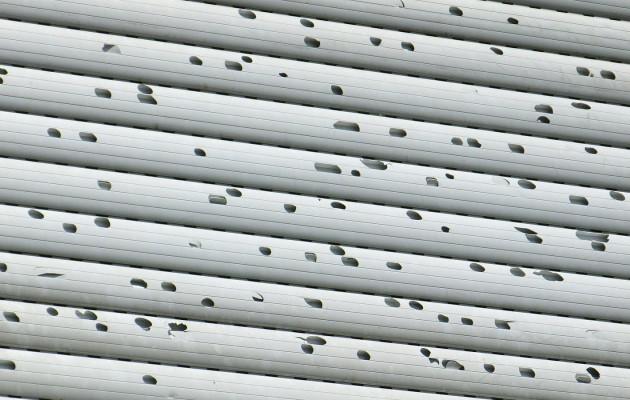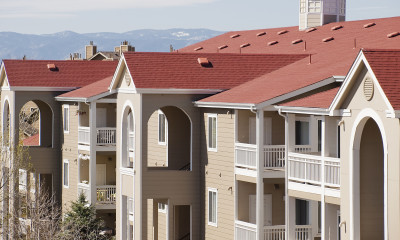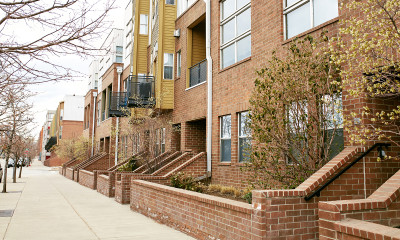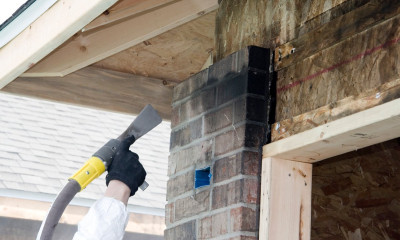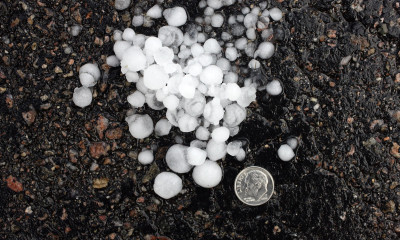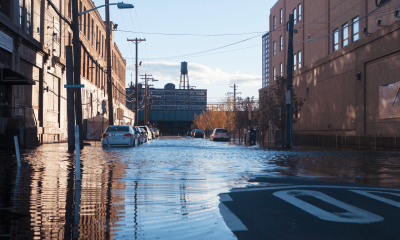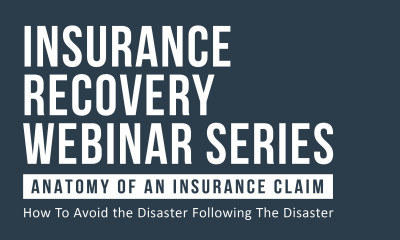What is the Cosmetic Exclusion in Wind and Hail Coverage and How Does it Affect Your Insurance Claims?
What happens when a business owner files an insurance claim because the exterior surface of their office building, storefront, warehouse or condo complex has been damaged by hail?
Sometimes the claim is processed and paid but more frequently now than ever before, these claims are being denied or reduced. Why? Denials based on Cosmetic Exclusions and Limitations -- or exceptions to coverage made when the appearance of a roof, wall, window, HVAC unit, door, or other building component is altered but is still deemed to be functional -- are on the rise.
Cosmetic Exclusions are causing expensive headaches for many commercial policyholders in Colorado who are finding out too late that repairing the dents and dings caused by recent hail storms will not be a covered expense under their purchased insurance policies. Whether it’s for a metal deck or a stucco wall, we are seeing it cited more and more in the denial or reduction of recent hail damage claims.
Why are so many business owners unaware that these changes have been made to their policies?
Even though these new endorsements have been promoted by two major insurance industry advocacy groups since 2013 -- the American Association of Insurance Services (AAIS) and the International Organization for Standardization -- many agents and brokers might not aware that they’ve been added to their clients’ new or renewed policies.
While a policyholder may think that they are completely protected against hail storms, all too often, they really are not. It’s almost the equivalent of having your car bent or dented in an accident but because the car still drives fine and the engine works, your insurance company won’t pay to repair the dents. Now as absurd as that sounds for a car insurance claim, that’s what has started happening with cosmetic exclusions for buildings.
How can these exclusions create challenges when filing wind and hail damage claims?
Although a dented roof may still keep out water for now and therefore be considered functional, un-repaired hail damage can significantly decrease the re-sale value of a commercial property by weakening materials, voiding warranties and reducing the predicted lifespan of the affected walls, decks, doors and roofs. For example, if the owner puts the structure up for sale without first repairing the dents, then a prospective buyer will likely demand that either the hail damage be repaired before the closing date or that the selling price be reduced by thousands of dollars citing possible leaks, rust and joint deterioration.
The biggest challenge for hail claims used to be proving that the dents have compromised the soundness of the structure but now many polices include a detailed exclusion in their policy stating that as long as the component works now, the damage is considered cosmetic and repairs will not be covered.
What can policyholders do before a hail storm to counteract these new Cosmetic Exclusions?
Business owners should demand that any cosmetic exclusions or limitations be removed from the policy before buying or renewing it. By doing so, their premium price or out-of-pocket deductible may be increased but, considering the high price of repairing hail damage, the extra cost of keeping the coverage may be worth it. If you agree to the exclusion, then you will likely have to pay for any hail damage restoration work yourself.
What can policyholders do after a hail storm to counteract Cosmetic Exclusions?
There are really only two options available when a commercial policy includes this new language. The first is to hire an advocate such as a public adjuster who can investigate the claim to find out if the exclusion really applies. For instance, a thorough inspection may prove that the functionality was indeed compromised and the repairs should be covered. The second is to make the claim under an older period. If your property was damaged in an earlier hail storm and that damage has not been repaired, then restoration work may be reimbursable under the older version of your insurance policy which did not include the new exclusion or limitation.
For help with your hail property damage claim, contact our team of public adjusters today!
To read the original article, visit our affiliated Adjusters International firm, Jansen/Adjusters International's website here.

